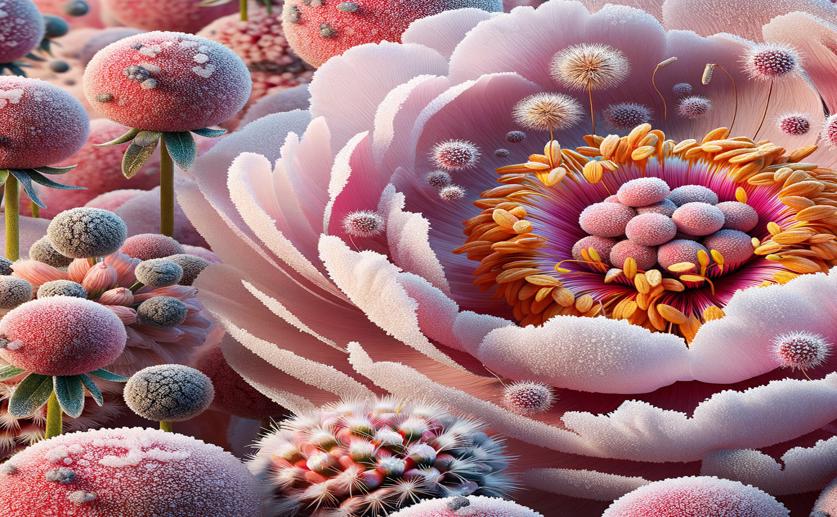
How Calcium and Cell Walls Affect Pollen Health in Peonies After Freezing
Jenn Hoskins
17th September, 2024

Image Source: Natural Science News, 2024
Key Findings
- The study by Beijing Forestry University examined pollen viability after cryopreservation in four cultivars of Paeonia lactiflora
- Increased Ca2+-ATPase activity and higher cytoplasmic Ca2+ levels were observed in all cultivars post-cryopreservation
- Pollen viability was negatively correlated with cytoplasmic Ca2+ content and positively correlated with Ca2+-ATPase activity and calmodulin (CaM) content
References
Main Study
1) Effects of calcium ions and cell wall deposition on the pollen viability of Paeonia lactiflora after cryopreservation.
Published 15th September, 2024
https://doi.org/10.1007/s00425-024-04530-y
Related Studies
2) Calcium efflux systems in stress signaling and adaptation in plants.
3) Pectin methylesterase, a regulator of pollen tube growth.
Journal: Plant physiology, Issue: Vol 138, Issue 3, Jul 2005
4) Treatment with spermidine alleviates the effects of concomitantly applied cold stress by modulating Ca2+, pH and ROS homeostasis, actin filament organization and cell wall deposition in pollen tubes of Camellia sinensis.



 6th September, 2024 | Jim Crocker
6th September, 2024 | Jim Crocker